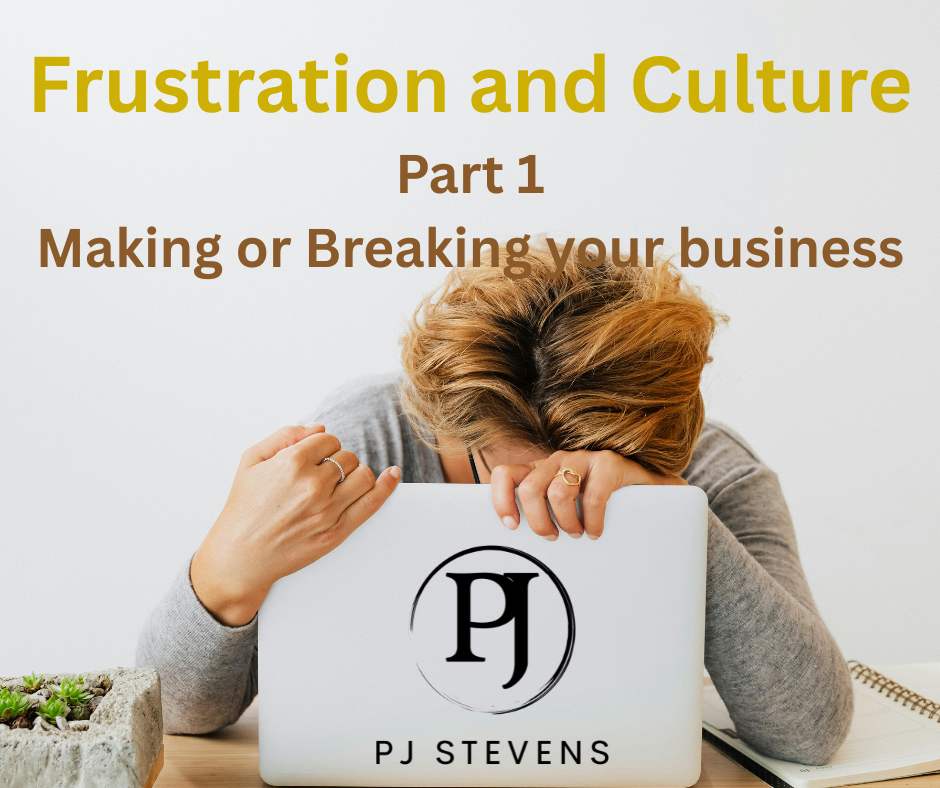Leading Business Change: A Checklist for Success
- PJ Stevens

- Apr 1
- 2 min read
Leading Business Change and a Checklist for Success
Business improvement is business change. Yet too many leaders treat change as a one-off event rather than a continuous process. If we’re serious about building better businesses - ones that thrive, innovate, and contribute positively to employees, customers, and communities - then we must lead change with clarity, confidence, and commitment.
The UK faces well-documented challenges including stagnant productivity, rising costs and untapped potential. But the real issue isn’t a lack of talent or capability, in my view, it’s whether leaders are willing to drive the changes needed to unlock that potential. Effective leadership isn’t about forcing change from the top, it’s about creating an environment where improvement is part of the culture, where waste is reduced and where people are empowered to contribute.
Too many businesses get stuck in outdated habits, burdened by inefficiencies, unclear direction and weak accountability. Change leadership is about cutting through the noise, simplifying what’s complex and focusing on what truly drives progress. Below is a practical checklist for leaders serious about making real improvements in their organisations.
Better businesses don’t just benefit shareholders, they create stronger teams, more resilient networks and healthier communities. The question is: are you leading the change your business needs?
You can use the simple check list below for consideration, or turn it into a questionnaire or facilitated workshop.
If you'd like to discuss this matter, give me a call. I'm happy to chat, share or come and work with you.
Checklist for Leaders Driving Business Change
1. Lead with clarity
o Define what success looks like in practical terms.
o Ensure everyone understands how change benefits them.
o Avoid vague buzzwords and communicate with real, human impact.
2. Unlock internal talent
o Move beyond top down decision making.
o Actively involve employees in shaping improvements.
o Foster a culture where people feel heard and valued.
3. Build a high(er) performance culture
o Shape culture intentionally, not by default.
o Establish trust, ownership, and accountability as norms.
o Reinforce improvement through leadership behaviour and team dynamics.
4. Eliminate waste and complexity
o Identify where time, money and resources are being lost.
o Challenge outdated processes and unnecessary bureaucracy.
o Leverage technology to streamline and simplify.
5. Measure what really matters
o Cut through the noise of excessive KPIs.
o Focus on engagement, efficiency and real improvement.
o Use data to adapt and refine strategies continuously.
6. Commit to continuous improvement
o Avoid complacency and avoid the dangerous 'good enough.'
o Encourage learning, innovation and adaptability.
o Keep asking: How can we do better?
By considering these areas, leaders can better drive meaningful change, boost productivity and build stronger, more sustainable businesses that benefit employees, stakeholders and communities alike.

Article by PJ Stevens, expert in Leading Business Change, and led by the purpose to build better businesses and business, for good. Book a free 20 minute chat https://calendly.com/pjstevens




Comments